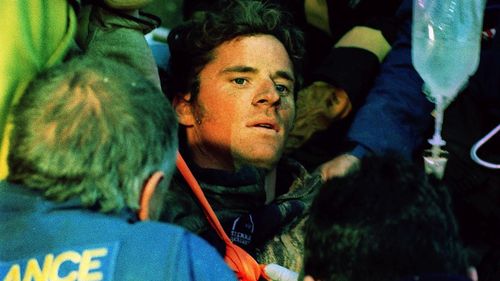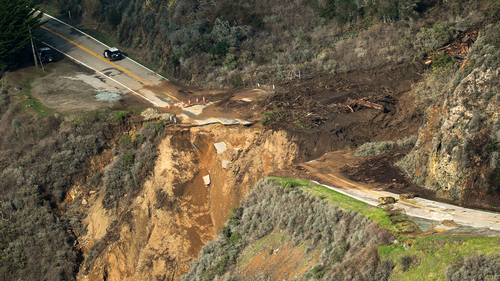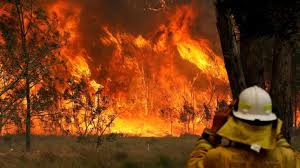Australia facing new disaster threat after bushfires and rain
“I can hear you”.
Those are the first words firefighter Stephen Hirst heard as Stuart Diver called for help among the rubble of the Thredbo landslide.
Eighteen people lost their lives after a landslip carrying about 1000 tonnes of liquefied earth and debris swept away two ski lodges in NSW’s Kosciuszko National Park on July 30, 1997.
Mr Diver, a 27-year-old ski instructor, was the lone survivor.
More than 20 years later the disaster still haunts Mr Hirst, who is now Acting Assistant Commissioner for Regional Operations for Fire and Rescue NSW.
He’s worked recovery on multiple natural disasters since, including the 2011 Tōhoku earthquake and tsunami in Japan.
“It was the first time I had ever seen anything like that,” Mr Hirst told 9news.com.au of the alpine landslip, adding that he was “elated” to hear signs of life three days after the disaster.
“The cold, the remoteness of the place.
“I still to this day don’t know what it was that got my attention. I yelled into a crevasse, ‘rescue party working overhead – can anyone hear me?’.
“Then I got back, ‘I can hear you'”.

Threat of landslides have increased
As Australia continues to recover from one of the worst bushfires seasons on record, a new threat is emerging.
Australia is currently in La Niña, a weather system that brings increased rainfall.
High rainfall increases the threat of landslides, Phil Flentje, an engineering geologist, told 9news.com.au.
“If you get intense rainfall in areas there have been bushfires, yes, you will have more debris flows,” he said.
“Extreme rainfalls, day or week-long, one-in-150 (year) type rainfall events. They’re the sort of things that can trigger landslide events.
“Fire can lead to removal of near-surface vegetation and that binds the soil to prevent against erosion on steeper slops. If that’s all burnt, the soil is more exposed to run-off.”
Two weeks ago heavy rain caused a stretch of highway in California to fall into the ocean.


A gaping hole was left in Highway 1 after it collapsed following a fierce winter storm, which brought rain and snow.
The areas is about a kilometre south of the burn scar left behind by the Dolan Fire.
Closer to home, hundreds of NSW residents were left stranded after a landslip occurred on Armidale Road in early January.
In Queensland, a huge landslide left a trail of destruction in the Gold Coast hinterland in December last year as wild weather raged.
And in July 2020, months after the Gospers Mountain mega-fire, a guide from the Blue Mountains Explorer group stumbled upon a landslide that had occurred near popular hiking trail the Golden Stairs.
Dr Flentje warned the Kosciuszko National Park, the Illawarra region south of Sydney, and the South Coast are all high-risk areas within NSW.
“Landslides are a problem where there’s infrastructure; urban, rail, road,” he said.
“All of our mountain passes going down the South Coast of NSW have landslide problems because they traverse the steep slopes.”
But there is one upside to the rain, Dr Flentje said — it can promote vegetation growth to help bind the soil.
“The risk (of landslides) is probably diminishing the more we go forward,” he said.
“We’ve got a pretty good system of monitoring these areas, but we could always do better.”

However, Australia will be back to square one in the event of another catastrophic fire season.
Mr Hirst warned one is on the horizon








